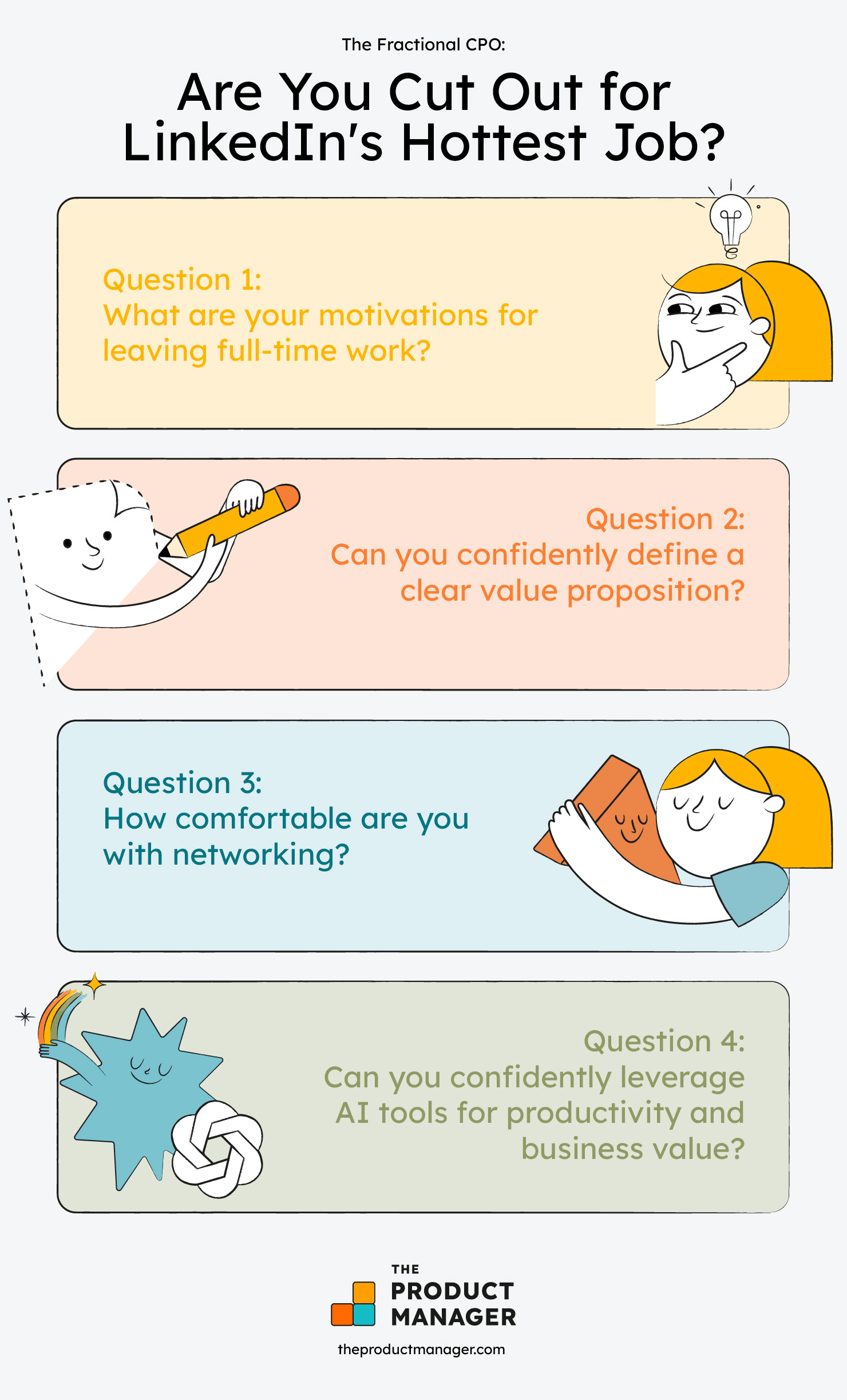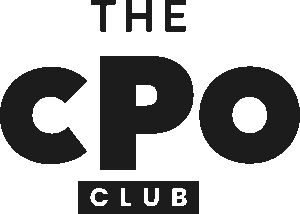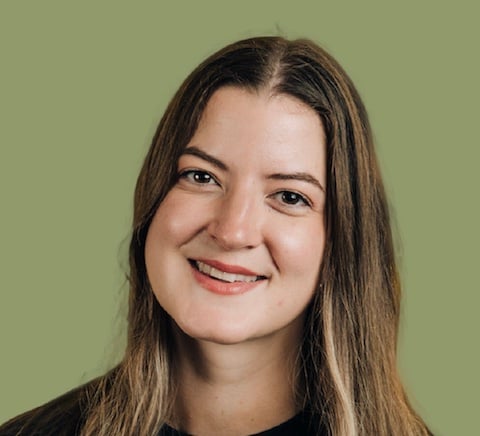We’ve all been there at one time or another. You wake up one morning and you’re just not feeling it. Maybe you slept poorly, or you haven’t had your morning coffee yet, or you received a message from a coworker late last night that’s burning a hole in your DMs. You think to yourself, “I don’t need this. I bet I could do just as well—no, better—on my own.”
This is what we imagine when we see a message on our LinkedIn feed from someone in our network who has decided to step away from full-time work and dive into fractional product leadership—essentially, freelance consulting.
Maybe you’re in between roles. Maybe you’re feeling burned out. Or maybe you're simply ready for more autonomy in how, when, and with whom you work.
But before you rewrite your headline and hang a digital shingle, it’s worth asking the question: Is fractional product leadership right for me?
Here’s a self-assessment for any senior product pro deciding whether to make the leap.

Question 1: What are your motivations for leaving full-time work?
If you're considering whether to step into fractional work, it's helpful to examine your motivations.
As of the beginning of 2024, Harvard Business Review reported that over 110,000 professionals on LinkedIn identified as fractional leaders, compared to 2,000 in 2022. This trend has been especially prevalent for tech-centric executive roles such as the Chief Product Officer (CPO), Chief Marketing Officer (CMO), Chief Operations Officer (CMO), Chief Financial Officer (CFO) and Chief Technology Officer (CPO).
So, what’s driving the shift?
It’s a mix of macro trends and personal inflection points. Remote work made companies more open to distributed leadership. The economic cooldown after the tech hiring boom created more supply than demand, especially at the executive level.
That was the case for Greg Petroff, a fractional Chief Design Officer (CDO), who didn’t initially plan to go independent, until the decision was made for him.
"I had thought about doing this in a couple of years from now, not now,” described Greg Petroff, a fractional Chief Design Officer (CDO). “But, I was part of a downsizing at Cisco about a year ago and I found myself out and not having full time employment for the first time in a long time.”
He had an unusually challenging time finding his next role and decided to accelerate his plan to work independently.
“By early February, I had gone through, like, the eighth round of the eighth job. I thought for sure I was going to get it, and I didn't get it. And so I just made the decision at that point. [I said] okay, this is the universe telling me that my plan that was supposed to be two, three years from now is now.”
He’s not the only knowledge-sector leader that had this experience. Since COVID-19 came to an end and many workplaces began ushering employees back to in-office work, the power dynamic has shifted from employees back to employers.
“During COVID, when the product management market went wild, product people held the power and they could have more control and say, actually, we want to work from home. We want this. We want this. We want this. People were losing good employees if they didn't do that. Now the market dynamic has shifted, so the employers hold the power,” said product expert and coach Evie Brockwell.
Employees desire more flexibility
Beyond COVID-19, the trend to independent work seems to be rising. A 2023 Mckinsey report revealed that 36% of U.S. workers now identify as independent.
This aligns with Brockwell’s experience through her combined work in product coaching and fractional leadership. At the core of the fractional movement, she says, is a desire for greater autonomy and flexibility.
“As soon as people get the chance, they're all trying to… work out how they can create more flexibility. Not so they can just sit at home and do nothing, but so that they can do productive work when they're working and then actually enjoy life outside of it.”
If you’re on the fence about going fractional, this is the first big question to ask yourself:
Are you feeling pushed by circumstance or pulled by possibility? In today’s climate, both are valid, but knowing your why will make everything that follows a lot easier to navigate.
Question 2: Can you confidently define a clear value proposition?
One of the biggest mindset shifts when moving from full-time leadership to fractional work is this: you're not applying for a job anymore; you’re selling a product, and the product is you.
Like any great product, you need to know what you offer, who it’s for, and why it matters, or you'll have a hard time securing engagements.
This process often involves identifying your ideal customer archetype—generally a type of business where you are uniquely positioned to add value (whether that be early-to-growth-stage companies, industry-specific businesses, etc.).
On the business side, whether or not a fractional leadership strategy is the right move depends heavily on the stage that business is in and the specific challenges they’re facing. As a fractional leader, your job is to make that fit obvious.
Holly Donahue knows this well. A former CTO who spent over a decade in executive product roles, Donahue transitioned to fractional work after experiencing the inevitable burnout that can come with high-pressure, high-visibility leadership.
“I wanted to apply my expertise in driving organizational change in a way that offered more flexibility.”
Now, she focuses on working with companies that fall into one or more of a few common categories:
- Early-stage businesses that need help building out scalable product, design, or development practices
- Founder-led organizations looking to ease into a more formal product structure
- Overstretched product leaders who need extra firepower without adding permanent headcount
- Teams shifting to a Product Ops or Product Operator model
- Companies that need senior expertise but can’t yet afford it full-time
If any of those resonate with your experience, you’re already halfway to defining your niche.
Adding value looks different in the fractional world
Donahue is quick to point out that the scope of your value is just as important as the audience. You’re not trying to become a long-term fixture. You’re there to move the needle on a specific challenge—then step aside.
“It’s about understanding where the boundaries are, what the needs of the particular organization are, and where you can deliver the best value in the time that you have with them.”
That clarity is what sets successful fractional leaders apart. Being able to confidently say, here’s the type of problem I solve, and here’s what success looks like,’ you make it easy for clients to say yes.
Brockwell echoes this sentiment, adding that she sees fractional leadership as a short-term solution by design. “I really think that [it's] most powerful [to] provide that kind of quick boost to organizations,” she said.
“If someone was a fractional person at an organization for about five years, I'd be like, what's going on here?”
So before you start marketing yourself as a fractional CPO, ask yourself:
- What kinds of teams or founders benefit most from my background?
- What types of challenges do I love solving and that I solve well?
- How can I clearly articulate the value I provide in a 30-minute intro call?
The clearer you are, the easier it is for others to see how you fit into their organization—and the faster you’ll land the right clients.
Question 3: How comfortable are you with networking?
While the appeal of flexible hours, varied projects, and working from anywhere is undeniable, the path to becoming a successful fractional product leader isn’t as simple as updating your LinkedIn title and waiting for the contracts to roll in.
The reality is that this path requires strong relationships, constant reinvention, and the ability to drive change without a formal title.
“You have to have a really good network. I don't think you can hang your shingle up and expect someone to show up,” said Petroff, who is currently working as a fractional CDO for a fintech startup.
Fractional work demands adaptability
Beyond relationships, success in this space also depends on your adaptability.
“You have to have a willingness to reinvent. And, you know, I think we're definitely in a moment where the rules are changing,” Petroff said.
For many, this reinvention isn’t just about shifting from employee to consultant. It’s about letting go of old ways of working and learning to meet businesses exactly where they are.
“Your job is to reflect them back to the organization, and the organization chooses whether they want to act on them or not.” It’s about influence, not authority.
For Donahue, much of the job is about creating the conditions for improvement, even without formal power.
“I'm often the person who's driving forward. How can we improve our ways of working? How can we solve some of the problems that we're seeing?” she said.
Moving the needle requires a blend of consulting skill and emotional intelligence.
“There is a real skill to being a consultant and helping drive change, but in a way that feels comfortable for that organization as well,” Donahue added. It’s not just about knowing what needs to change. It’s about knowing how to help others make that change in a way that sticks.
Ultimately, successful fractional product leadership is as much about mindset and interpersonal skill as it is about domain expertise. It’s a role that asks you to be equal parts advisor, facilitator, and change agent.
Question 4: Can you confidently leverage AI tools for productivity and business value?
AI can prove to be a serious advantage for fractional product leaders who know how to use it. With fewer day-to-day responsibilities than their full-time counterparts, fractional CPOs often have more room to explore, experiment, and implement.
Petroff sees AI as a tool for rethinking how work gets done and how value is delivered. “I’m really interested in how we use AI tools to change how we work, but also how it shows up in the work,” he said.
“One of the advantages a fractional leader may have over an in-house leader is they may have the time to experiment with these new things that an in-house leader doesn't because they're too busy doing their job,” Petroff added.
AI is more than a productivity tool
It’s also critical for fractional product leaders to be up to date on the newest technological trends, such as AI, so as to help organizations deploy it to their advantage and generally navigate change.
Brockwell shared a concrete example. On one engagement, she and her team used AI to solve a problem that had always seemed out of reach.
“An example that I had from some of the work that I did was it would take us about two months to get a filter created in the back end to then be able to pull something through,” she said. “Whereas, using the AI, we could visually tag photos, and therefore create filters based on those visual tags.”
The result was a drastic increase in the speed of development, Brockwell explained. “And that's really cool, because it unlocks new features and new potential for things that you'd have knocked off the roadmap years and years and years ago because it was practically impossible.”
Beyond that specific example, she said she uses AI to improve personal productivity, speed up delivery, and help product managers work more efficiently.
But Brockwell emphasized the importance of focus. “Use AI strategically,” she said. “Understand where it adds the most value. Not just implement AI for the sake of using new technology. Ensure the AI solution fits the organization's specific needs and capabilities.”
For product leaders who can pair AI with proactive thinking and strategic awareness, it’s a real advantage. But success with AI, Brockwell cautions, starts with understanding what your organization actually needs.
Is fractional product leadership for you?
From the outside, fractional work can seem like the ultimate freedom: no boss, no fixed hours, and full control over your time, but things are not always what they appear.
“The flexibility isn't really there in the way that you might think,” said Donahue.
“Because actually, if you've got an opportunity, then you're going to be working that weekend to do the sales proposal, you're going to be working in your evenings to generate the next role. I've never worked so hard in my life as a fractional consultant, because you're doing so much.”
That pressure is one of the reasons Donahue recommends being intentional from the start. “Be really clear first on why you want to do it, because that needs to be your kind of driving force and motor vehicle. It isn't easy.”
Getting started also means doing your homework. “It's a case of speaking to people who are already doing it,” she said.
“Understanding, well, how do you find work? What does that work look like? How do you do a good engagement?”
Brockwell agrees that fractional work can offer real freedom if it’s done purposefully.
“For everyone that's decided to do it intentionally, I would say that for the most part, everyone that I know has been able to create the right level of freedom. Sometimes, you obviously get mercy of the markets, and you might have really busy periods, you might have quieter periods. So it's learning to go with that Supply and Demand Flow.
While fractional leadership can provide fulfillment, new challenges and flexibility in ways that full time employment can’t, it’s not necessarily a shortcut to a more relaxing life.
Rather, it’s a high-effort, high-reward path that demands clarity, resilience, and strong self-direction. For those who thrive on autonomy and challenge, it might just be right for you.
Join for more insights!
Don't forget to subscribe to our newsletter for more product management resources and guides, plus the latest podcasts, interviews, and other insights from industry leaders and experts.





